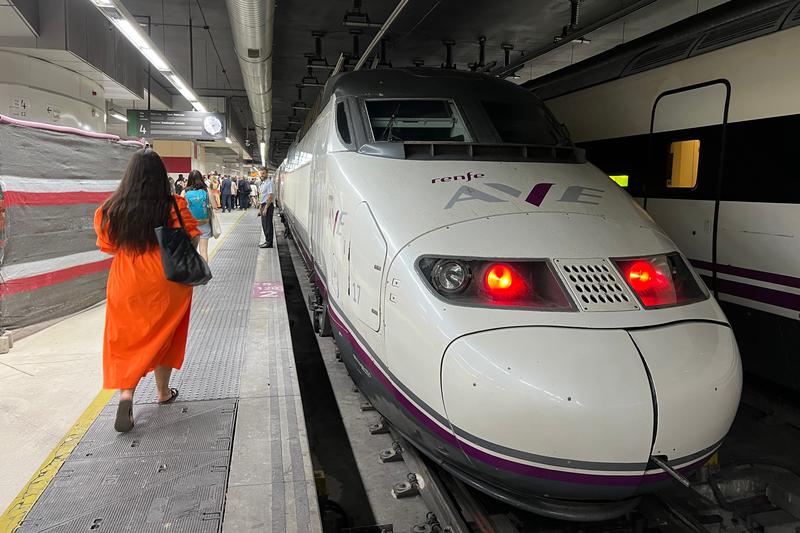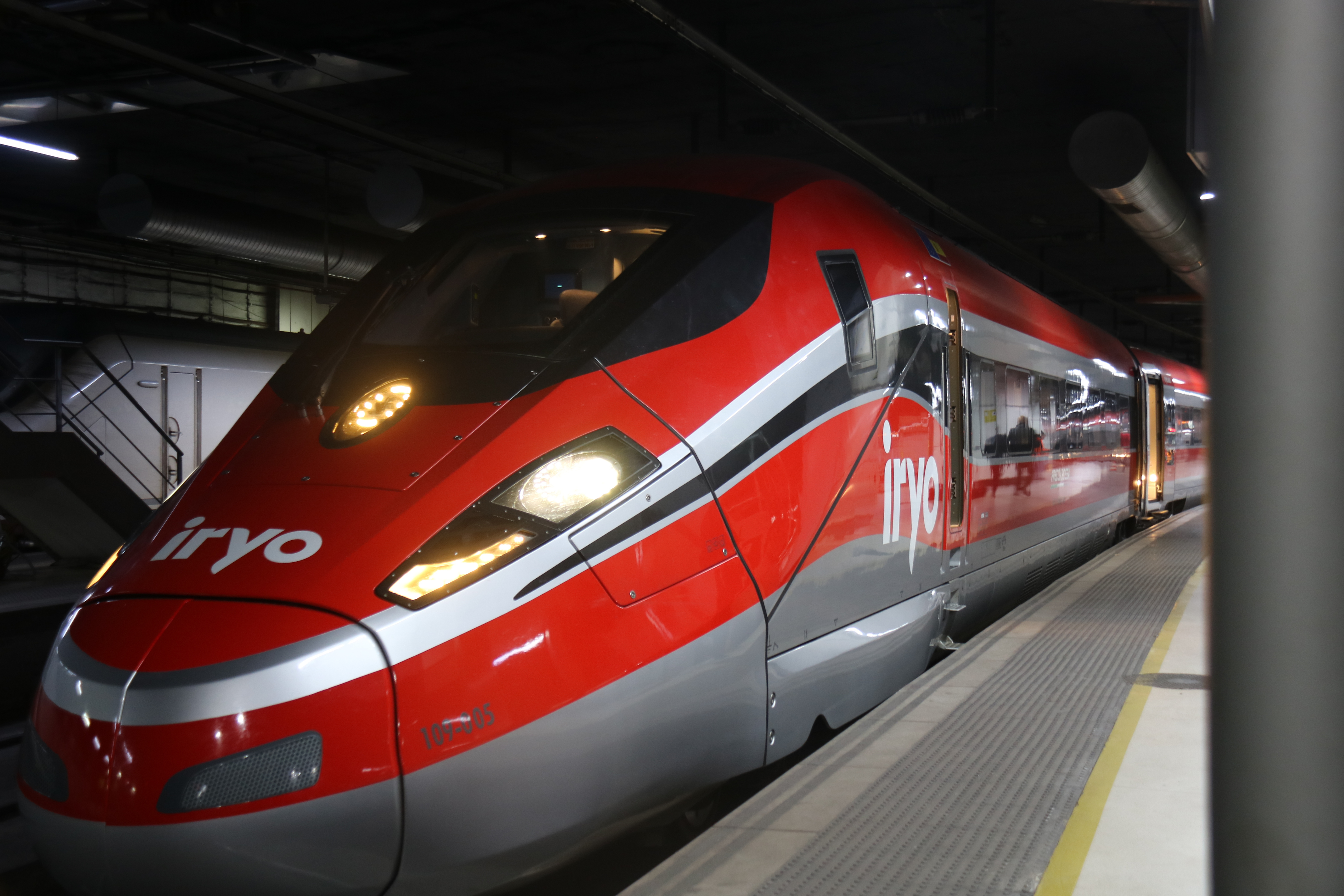Barcelona-Madrid high-speed train passengers up by 80%, reaching 10m in 2022
Four out of five travelers prefer train over plane to travel between both capitals

The number of high-speed train passengers increased by 76% in Spain in 2022, reaching 23.7 million travelers. Only in the Barcelona-Madrid route uniting both capitals, 78.3% of users preferred the train over the plane, increasing the overall number of passengers by 80%, reaching 10.2 million.
The liberalization of the railway services in December 2020 saw French public rail operator Ouigo starting operations between Barcelona and Madrid in May 2021 and private company Iryo in November 2022.

The industry's openness has prompted to see high-speed train tickets to as low as €7 and increased the number of travelers, as figures from the Spanish National Markets and Competition Commission released on Monday show.
One of the other main high-speed train routes in Spain connects Madrid and the seaside city of Valencia. Overall, there were 2.9 million passengers, increasing by 110% (more than doubling the previous year.
14% fewer passengers than 2019
Last year saw 440 million travelers across all rail services in Catalonia—14% fewer passengers than in 2019 but 36% more than in 2021. Most of them used the Rodalies commuter train service, 85%, which the Spanish government fully subsidized due to inflation.
Mitja Distància, a medium-distance service, saw more passengers in 2021 than in 2019, with 26 million travelers.